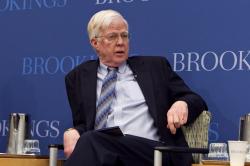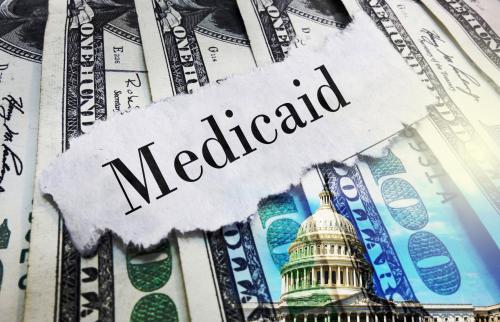Abstract
The objective of this paper is to explore how the external balance of the United States might evolve in future years as the economy emerges from the recession. We examine the issue both from the domestic perspective of the saving and investment balance and from the external side in terms of the basic determinants of exports and imports and the role of the real exchange rate.
Using these two respective perspectives, we highlight (1) causes and consequences of low private and public saving in the U.S., and (2) sensitivity of trade to variations in the real exchange rate. We highlight the need for sustained depreciation of the dollar to improve the competitiveness of U.S. exports and argue that the current exchange rate is consistent with a significant reduction in the size of the trade deficit.
However, the favorable external outlook is very inconsistent with a projected domestic situation of low rates of private saving and a very large public sector budget deficit matched by a cyclically depressed rate of investment. Changes in U.S. corporate tax structure, reconsideration of capital controls, and perhaps some further decline in the level of real exchange rates could help soften the impact of a potentially very hard post-recession landing for the United States.
Paper prepared for the “Trans-Pacific Rebalancing” Conference jointly organized by Asian Development Bank Institute and The Brookings Institution, March 3-4, ADBI, Tokyo.
The Brookings Institution is committed to quality, independence, and impact.
We are supported by a diverse array of funders. In line with our values and policies, each Brookings publication represents the sole views of its author(s).





